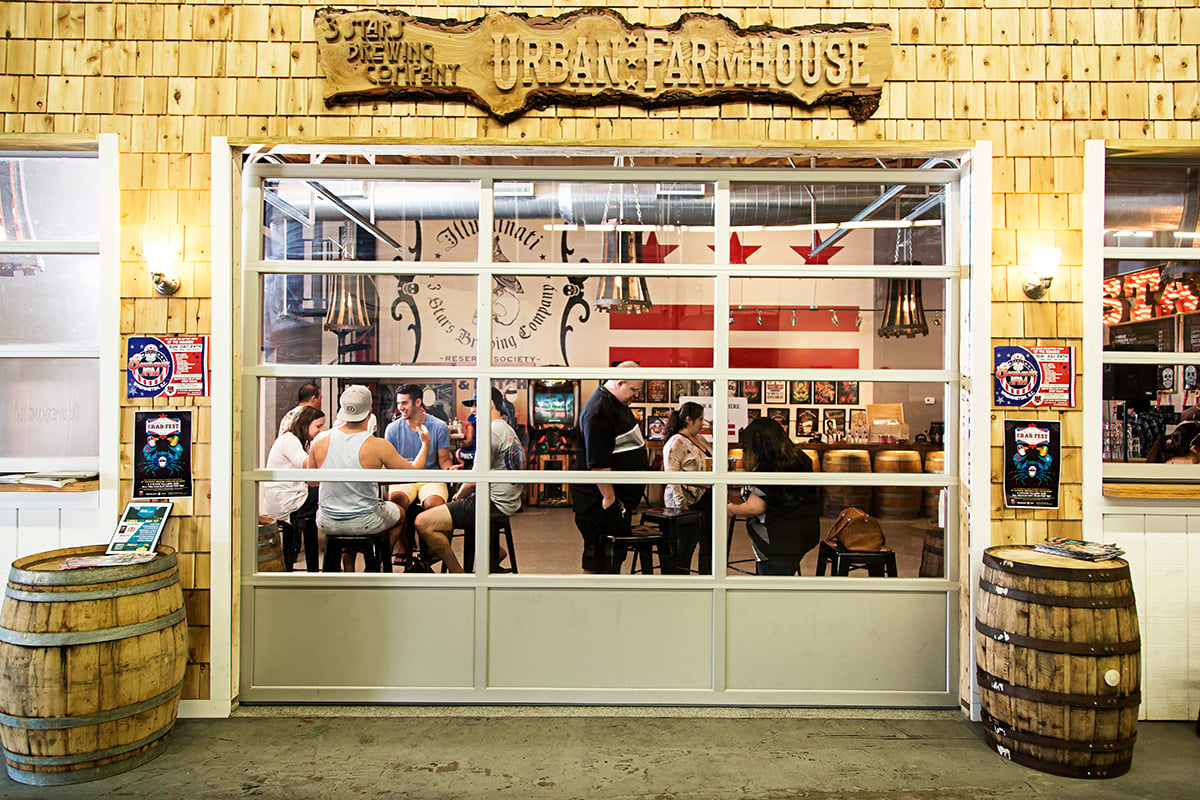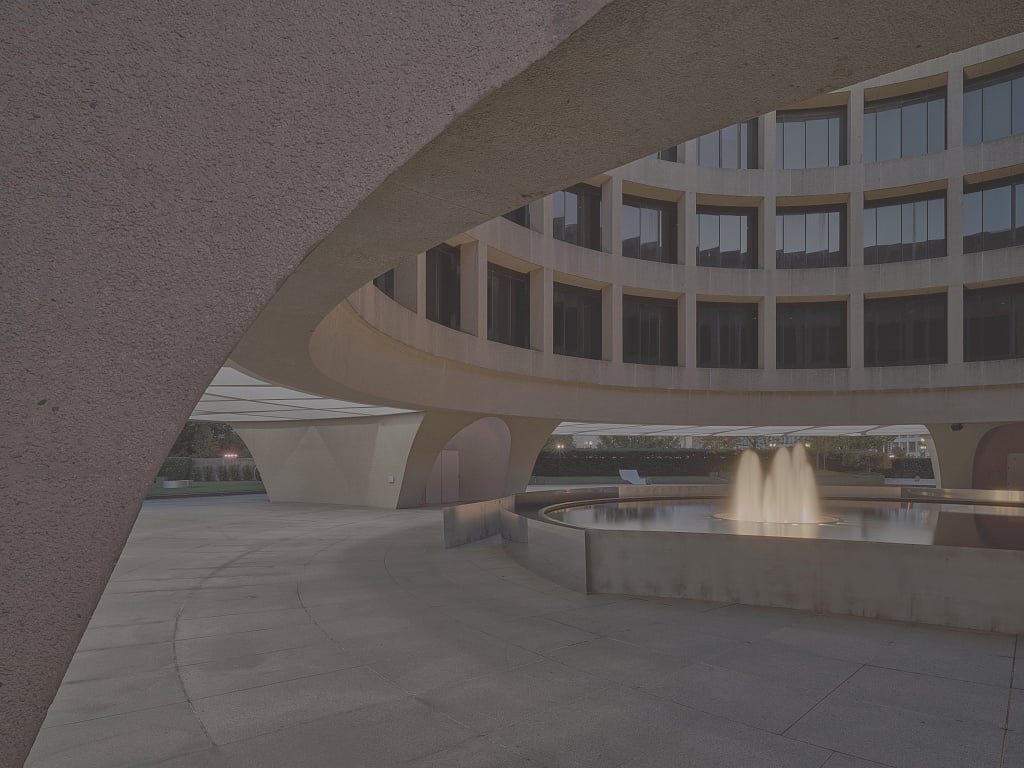Features editor Susan Baer often writes about local artists. She can be reached at sbaer@washingtonian.com.
In the studio behind his Cleveland Park home, artist and printmaker Lou Stovall compares two of his recent works. One is a print of delicate pink cattleyas–"the best flower I've ever done," he says. It is typical of the flowers and landscapes Stovall has spent a career depicting, works with names like "Breathing Hope" or "My Springtime Heart" or "Morning Streams."
The other piece is a print of drippy colors and splotches, his first foray into abstract art, a style he spent most of his career dodging even as it thrived around him.
"If I had my choice of what to buy, I'd buy the flower," says the gray-bearded artist. But he's sold a half dozen of those soft pastel prints, while people have been lining up to buy "The Sixth Movement," his abstract work. The president of Howard University, H. Patrick Swygert, bought print number one.
His newer abstract works have become so popular that they form the bulk of a Stovall exhibit at the Kansas African American Museum until June. The show is scheduled to reach the Washington Printmakers Gallery next January.
"His work is better than ever," says Stovall's longtime friend Sam Gilliam. "It's beautiful to see that happen."
Stovall is tickled by the attention to his new work, but at 69 he's not about to change what he's always been about or abandon his meticulous pencil drawings and prints of landscapes and flowers. He still finds wonder in the fragile blossoms of an orchid, a joy, he says, that drives his soul. "I'm kind of a straight, formal guy. I prefer order in my life as opposed to serendipity."
But order has not always won the approval of critics. In college at Howard University in the early 1960s, he switched his major from painting to art history after tiring of the criticism of his tranquil paintings of flowers and still lifes. "If you weren't painting big, outrageous abstractions, you were considered irrelevant," he says. There was constant pressure to conform, but he resisted–perhaps because his "friendly art" was selling well to the physicians from the medical school who wanted art for their offices.
For Stovall, being an artist has always meant contributing to the community. In his early days he made posters for civil-rights groups. When he opened his silkscreen studio in 1968, he gave free lessons to anyone who came by. "Giving back has always been a part of my life," he says.
Besides doing his own work, Stovall has made prints for some 70 other artists–local friends like Gilliam and David Driskell and world-renowned figures such as Alexander Calder. For Stovall, perfecting a new silkscreen technique to translate one of Gilliam's three-dimensional paintings into a print is as fulfilling as branching out into a new style.
He says he is "knocked out" by the freedom in his new abstract prints, even though his heart is still with the carefully crafted cattleyas.
"I don't mind spontaneity," Stovall says, "as long as it's well-planned."


















